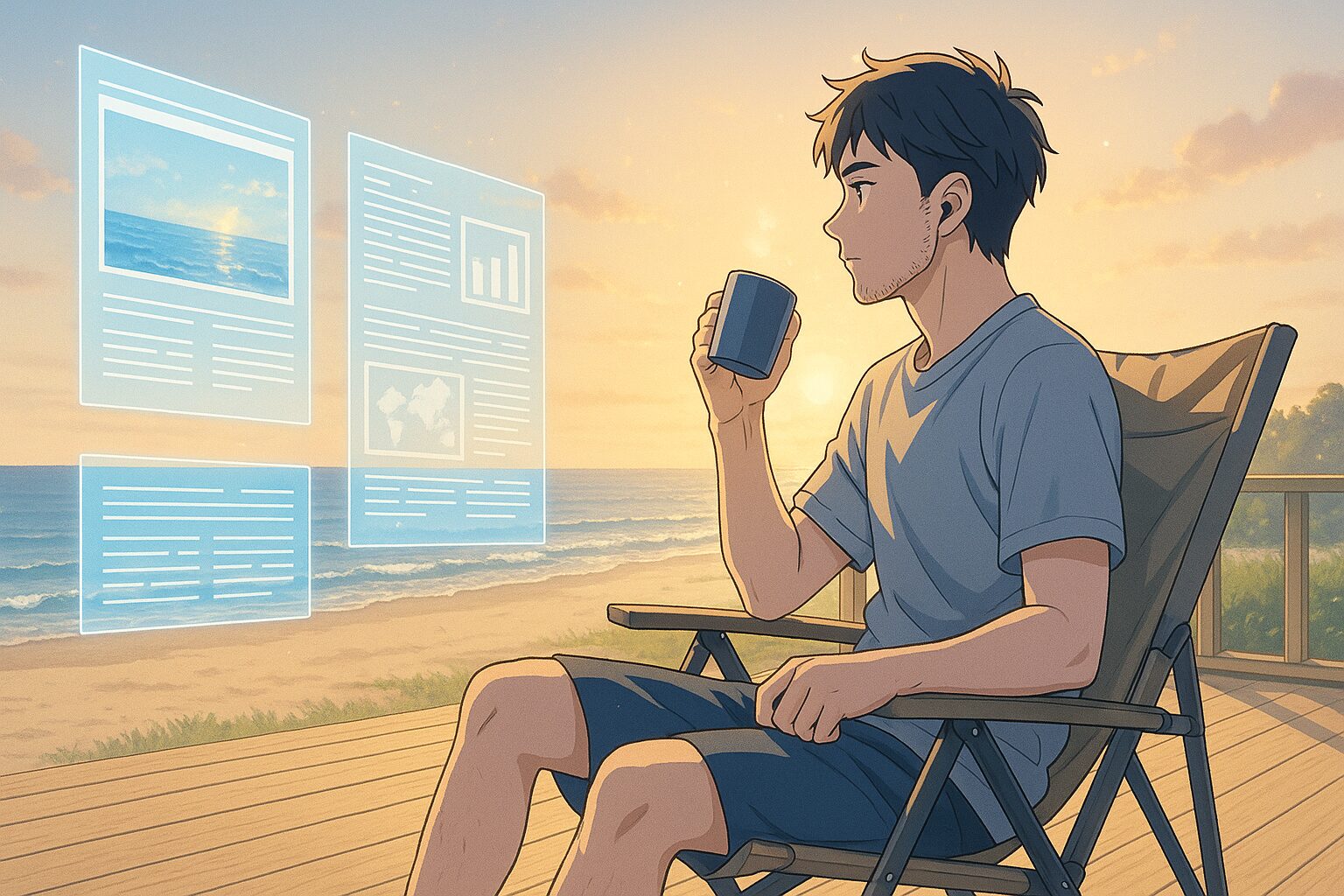The Arrival of the Era of ‘Smart Firefighting’ to Protect Our Towns?
In recent years, the impact of fires on our lives has been increasing. Especially in California, efforts are underway to combat fires using technology. Smart fire trucks and AI-equipped unmanned helicopters are attempting to control flames. If this trend continues, how will the safety of our towns change?
1. Today’s News
Source:
California’s wildfire moonshot: How new technology will defeat advancing flames
Summary:
- California is introducing smart technology to combat fires.
- AI-powered unmanned helicopters are playing a crucial role.
- Firefighting uniforms using intelligent fabrics are also being developed.
2. Considering the Background
In recent years, climate change and urbanization have increased the frequency and scale of fires. This issue affects not only the environment but also directly impacts our daily lives. For instance, fires can lead to reduced air quality and evacuation orders, which can constrain daily choices. Against this backdrop, how new technology can help in addressing these issues is a significant concern for the future.
3. What Will the Future Hold?
Hypothesis 1 (Neutral): A Future Where AI Firefighting Becomes Commonplace
AI-driven firefighting activities will become commonplace, allowing for early fire detection and rapid response. This will minimize fire damage and increase safety in urban areas. However, reliance on technology may also lead to a decline in traditional firefighting skills and people’s proactive disaster prevention awareness.
Hypothesis 2 (Optimistic): Technological Innovations Will Greatly Enhance Local Disaster Prevention
New technology will enhance the disaster prevention capabilities of entire communities, making them safer. For example, smart fire trucks will quickly control the progress of fires, allowing residents to live without worry. Additionally, technological advancements will lead to the proliferation of new educational programs on disaster preparedness, increasing people’s awareness of prevention.
Hypothesis 3 (Pessimistic): A Future Where Traditional Firefighting Techniques Are Lost
With technological advancements, traditional firefighting techniques and knowledge may gradually be forgotten. When faced with technical failures or unexpected situations, responses may be delayed, increasing the risk of damage. Over-reliance on technology could also lead to problems.
4. Tips for Us
Thought Process Tips
- Consider the importance of not relying excessively on technology while maintaining basic disaster prevention awareness.
- Think about ways to spread knowledge about disaster prevention in your daily life.
Small Practical Tips
- Regularly conduct disaster drills with family and friends.
- Participate in local disaster prevention activities to enhance community safety awareness.
5. What Would You Do?
- How would you like to utilize smart firefighting technology?
- How would you preserve the value of traditional firefighting techniques?
- What strategies can you employ to raise disaster awareness in your daily life?
What kind of future have you envisioned? Please share your thoughts through comments and social media.









